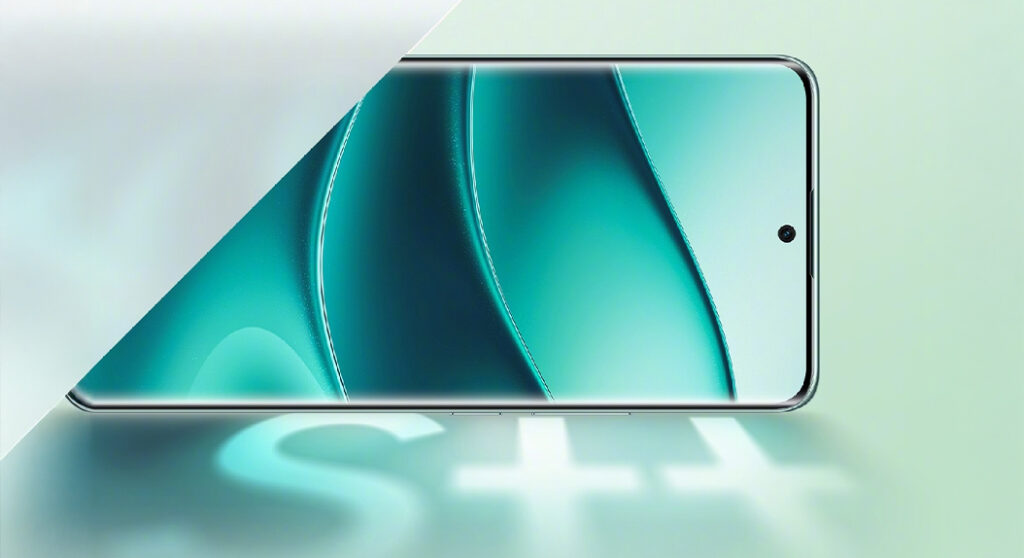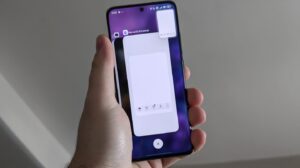Redmi is stepping up its game, officially launching research into 165Hz refresh rate panels for its next generation of smartphones. This move signals Redmi’s ongoing commitment to advancing display technology and keeping pace with competitors like OnePlus, which has already begun testing 165Hz straight-screen panels. It’s a clear indicator that Redmi intends to maintain its leadership within the Xiaomi ecosystem, particularly in the arena of display innovation. The company’s latest research highlights its focus on delivering smoother visual experiences—especially important for gaming enthusiasts who depend on HyperOS optimization for top-tier performance.
Industry Impact and Market Considerations
Redmi’s announcement has sparked debate across the tech community. While some consumers welcome the leap forward, others question the practical value of a 165Hz refresh rate, especially given that most current apps and games don’t fully utilize frame rates beyond 90Hz. There’s also concern about the potential impact on battery life, which will be a critical factor in consumer adoption.
That said, the industry trend is clear: smartphone manufacturers are continuously raising the bar on premium display specs as a way to stand out in a highly saturated market. Redmi’s initiative is very much in line with this broader pattern of competitive innovation.
Responding to OnePlus and Market Dynamics
OnePlus’s early adoption of 165Hz displays in multiple device categories—smartphones and gaming tablets alike—has clearly influenced Redmi’s strategy. This competitive push is driving manufacturers to invest more heavily in display technology, as they vie for the attention of performance-focused consumers who prioritize high-refresh-rate experiences, particularly in gaming and multimedia.
Technical Challenges and Strategic Focus
As Redmi pursues 165Hz display integration, several key considerations are front and center:
- Ensuring battery efficiency despite higher refresh rates
- Hardware compatibility to sustain advanced performance
- Optimizing HyperOS software for seamless operation
- Managing costs to maintain Redmi’s reputation for value-driven pricing
Redmi’s research phase will ultimately determine whether the company can offer 165Hz displays without sacrificing its brand promise of affordable quality.
For further updates, visit HyperOSUpdates.com or check out the MemeOS Enhancer app on the Play Store for exclusive Xiaomi features and system updates.
Source: IT Home (https://ithome.com/)


 Emir Bardakçı
Emir Bardakçı


